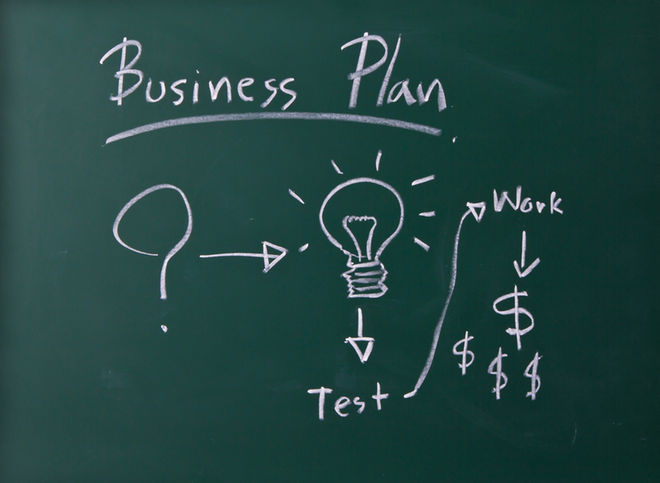Product-market fit happens when you have successfully identified your target customer and served them with the right product.
The term product-market fit can be baffling for new product managers. The phrase sounds great in theory, but in reality, it is also one of the most misunderstood notions.
Hopefully, this article will be able to answer some of the questions surrounding product-market fit for you.
What is Product-Market Fit?
The most simplified definition of product-market fit is in the name: your product fits into the market, is where it is supposed to be, and you grow your business because of it.
Product-market fit is when your customers become your salespeople. In business, it is a magical moment when three things happen:
- Existing users recognize your product’s value.
- They tell others about their great experience with the product.
- Your company replicates the excellent experience for the new users.
After all, the end goal of likely every business is to provide enough value to customers that they become your advocates and help you grow your customer base.

Signs of Product-Market Fit
Product-market fit refers to a situation in which a company’s target consumers buy, use, and tell others about its product in sufficient numbers to keep it growing and profitable.
Product-market fit happens when you have successfully identified your target customer and served them with the right product.
Here are five indicators to identify product-market fit.
Understanding Customer Needs:
Your target customer should serve the base upon which all other concepts are built. After all, your consumer determines your product’s success. Learning the needs of your customer takes time and experience. If you don’t know your customer, you won’t have much luck figuring out the product-market fit. Developing a deep understanding of the problems facing your customers enables you to relate to them better and ultimately helps builds trust and credibility.
User Retention:
One of the best measures for determining if you have achieved the correct product-market fit is the retention rate. If your clients abandon your product after the first use, it indicates that it has not attained the necessary degree of customer satisfaction. The higher the turnover rate, the lesser the chances of finding the proper product-market fit.
Similarly, if your target customer enjoys your service and offers good feedback, you have found the perfect product-market fit. If your product is retaining at least 40% of the customers over a long period, you have a strong sign of Product-Market fit.
Bounce Rate:
The bounce rate is the percentage of people that view a page of your website or social media (say, your home page) and then depart without any action (such as registering or starting a free demo). Traffic analysis is a regularly used measure of bounce rate. The bounce rate is derived by dividing the total number of visits by those visitors who did not take further action (i.e., visitors who just looked at one page). After that, the real number is expressed as a proportion of total visitors.
A high bounce rate typically indicates that the product is not attracting visitors, whereas a low bounce rate indicates that the visitor’s expectations are met and that the product is giving a nice first impression to its visitors.

Net Promoter Score (NPS) and Referrals:
The easiest way to collect direct consumer input about a product is to utilize Net Promoter Score (NPS). The NPS is a questionnaire-based survey that allows you to learn what customers think about your product, including what they like, dislike, and what improvements they would want to see.
It is a metric that measures how likely your customers are to recommend or promote your product to their friends, colleagues, and family. If your product referral chain grows every day, you’ve found the ideal business strategy.
NPS has become an important performance indicator among marketing and customer support teams. If your customers are rating you well, it means your product is having a good run in the market.
Establish Credibility:
The easiest way to attain product-market fit is by building credibility. The best way to build credibility is to offer up a story. Customers want to know how your product or service will make sense for them, and the easiest way to do this is to inject their needs into your brand’s story.
While there’s nothing more engaging than a story, there are other ways to further establish your credibility.
The major one is being involved in your industry.
Publish all types of content for your market, write guest articles for industry blogs and magazines, and show your prospects that you know what you’re doing.
Trust is critical for establishing credibility and increasing the lifetime value of your customers.













